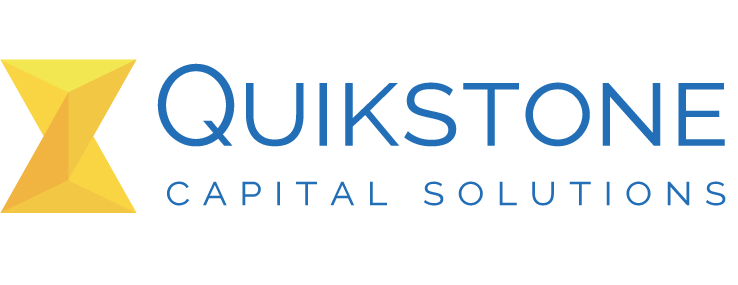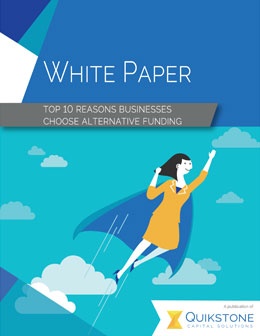 The decision to obtain a small business loan or a merchant cash advance has many benefits and disadvantages which need to be considered. Items to deliberate upon include the nature of your business, sales figures, the amount of funding which you are requesting, and the purpose of these funds. Also, both options have different repayment methods for the funds which you borrow. For a small business loan, you will be responsible for making payment installments typically for a fixed period of time. For a merchant cash advance, you will make payments based on a percentage of your company’s future credit and debit card sales. If you own an auto repair shop, restaurant, or a retail store your sales numbers may experience large fluctuations during the year. This may make the option of monthly installment payments on a business loan very difficult to maintain. The structure of repayment for a cash advance may be much more appealing and easy to sustain. Interest rates vary but are typically lower on a small business loan. One of the primary differences between the two sources of funding is their requirements. For example, here are typical questions to see if you should apply for a merchant cash advance:
The decision to obtain a small business loan or a merchant cash advance has many benefits and disadvantages which need to be considered. Items to deliberate upon include the nature of your business, sales figures, the amount of funding which you are requesting, and the purpose of these funds. Also, both options have different repayment methods for the funds which you borrow. For a small business loan, you will be responsible for making payment installments typically for a fixed period of time. For a merchant cash advance, you will make payments based on a percentage of your company’s future credit and debit card sales. If you own an auto repair shop, restaurant, or a retail store your sales numbers may experience large fluctuations during the year. This may make the option of monthly installment payments on a business loan very difficult to maintain. The structure of repayment for a cash advance may be much more appealing and easy to sustain. Interest rates vary but are typically lower on a small business loan. One of the primary differences between the two sources of funding is their requirements. For example, here are typical questions to see if you should apply for a merchant cash advance:
- Have you been in business for more than 9 months?
- Do you process more than $8,000 per month in credit card transactions?
- Are you looking to borrow between $5,000 and $250,000?Is your project time frame within 60 days?
Approval is usually an extremely quick process and can be given in as little as 24 hours with access to your funds within 7 days.
Compare that simple process with this partial list of the requirements for a small business loan from the U.S. Small Business Administration:
- Personal Background and Financial Statements –
- SBA Loan Application –
- Personal Financial Statement - SBA Form 413
- Statement of Personal History - SBA Form 912
- Business Financial Statements – To support your application and demonstrate your ability to repay the loan, prepare and include the following financial statements:
- Projected Financial Statements – Include a detailed, one-year projection of income and finances and attach a written explanation as to how you expect to achieve this projection.
- Profit and Loss (P&L) Statement – This must be current within 90 days of your application. Also include supplementary schedules from the last three fiscal years.
- Ownership and Affiliations – Include a list of names and addresses of any subsidiaries and affiliates, including concerns in which you hold a controlling interest and other concerns that may be affiliated by stock ownership, franchise, proposed merger or otherwise with you.
- Business Certificate/License – Your original business license or certificate of doing business. If your business is a corporation, stamp your corporate seal on the SBA loan application form.
- Loan Application History – Include records of any loans you may have applied for in the past.
- Income Tax Returns – Include signed personal and business federal income tax returns of your business’ principals for previous three years.
To see the entire list, please visit the U.S. Small Business Administration.
The right choice for your small business is a major decision and one which requires a good understanding of both of these options. You can consult your tax preparer for assistance if you are unsure of how to proceed.





